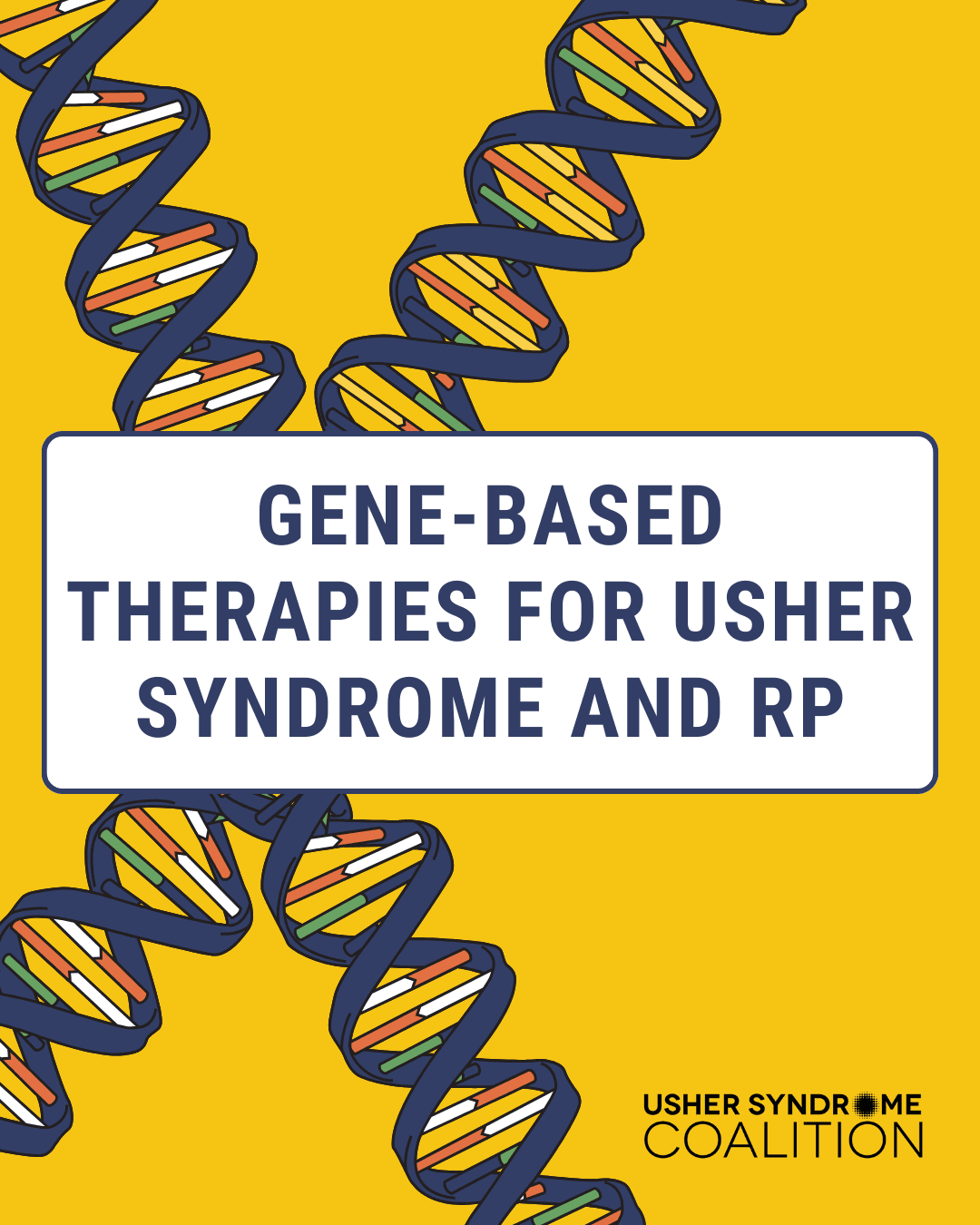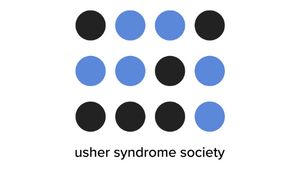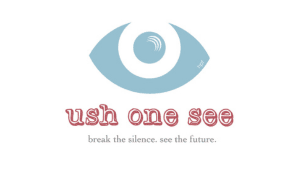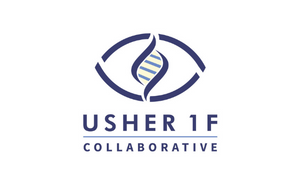
Blog Post 1 of 4: Gene Therapy Series
Scientists are making tremendous progress using gene therapy to treat inherited eye diseases like Usher syndrome and retinitis pigmentosa. This month, we will explore gene therapy—what it is, how it works, and how it is given to patients.
Genes are DNA fragments that act like instruction manuals for cells. They tell cells how to make proteins, which help different parts of the body work. In Usher syndrome, specific genes have mutations, or changes, that stop the body from producing the proteins needed for hearing and vision.
People with Usher syndrome usually have mutations in both copies of a gene. These mutations can either create a faulty protein that doesn’t work or stop the body from making the protein at all. Since these proteins are important for vision, their absence causes the light-sensing cells in the eye (photoreceptors) to break down over time, leading to vision loss.
Gene therapy is a way to help cells make these important proteins again. There are two main types:
- Gene Editing: Fixes one or both mutations in the patient’s gene.
- Gene Replacement: Adds a new, healthy copy of the gene.
Next in the series: Gene Therapies: How Do We Deliver Them to the Retina?







